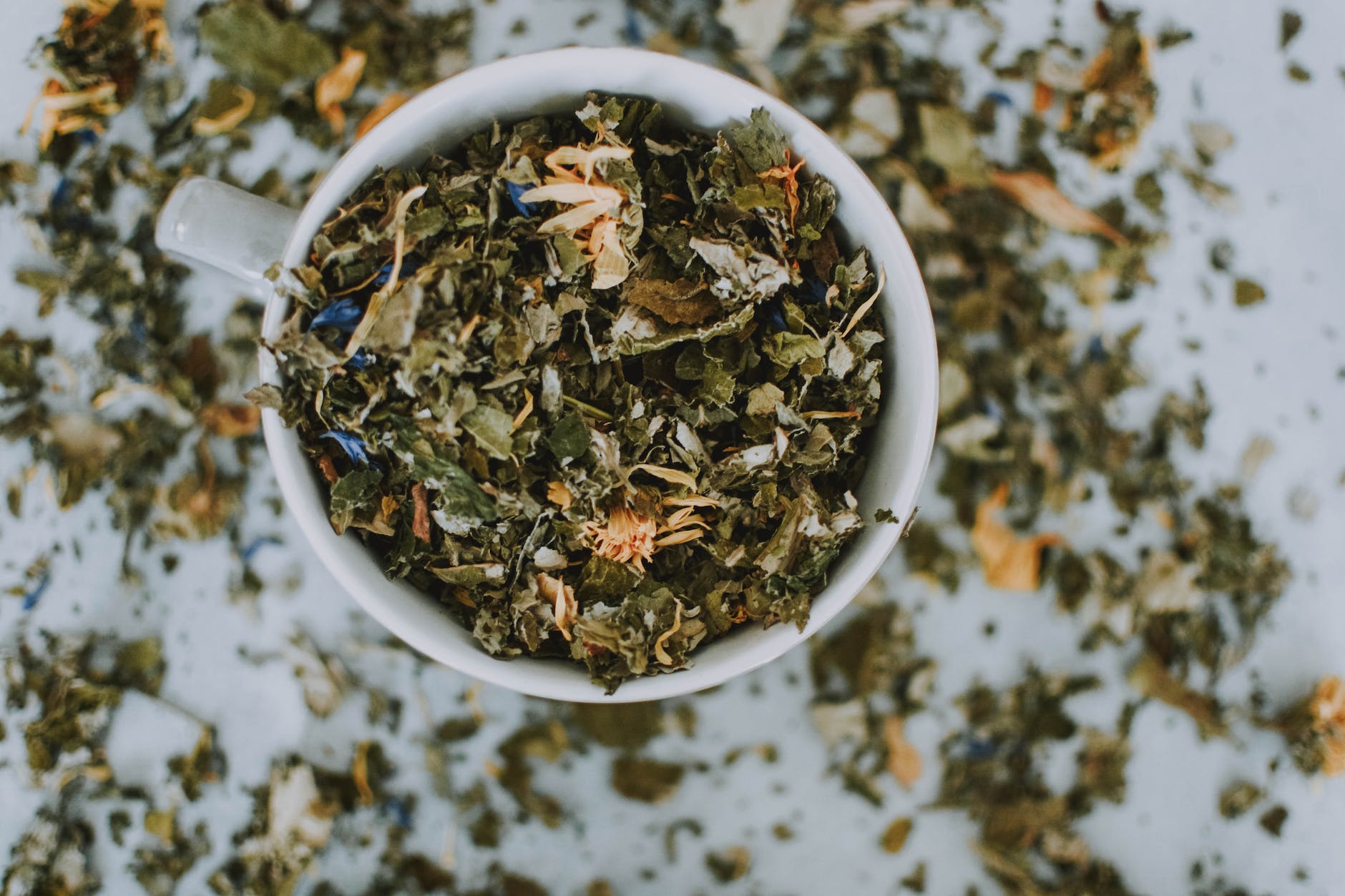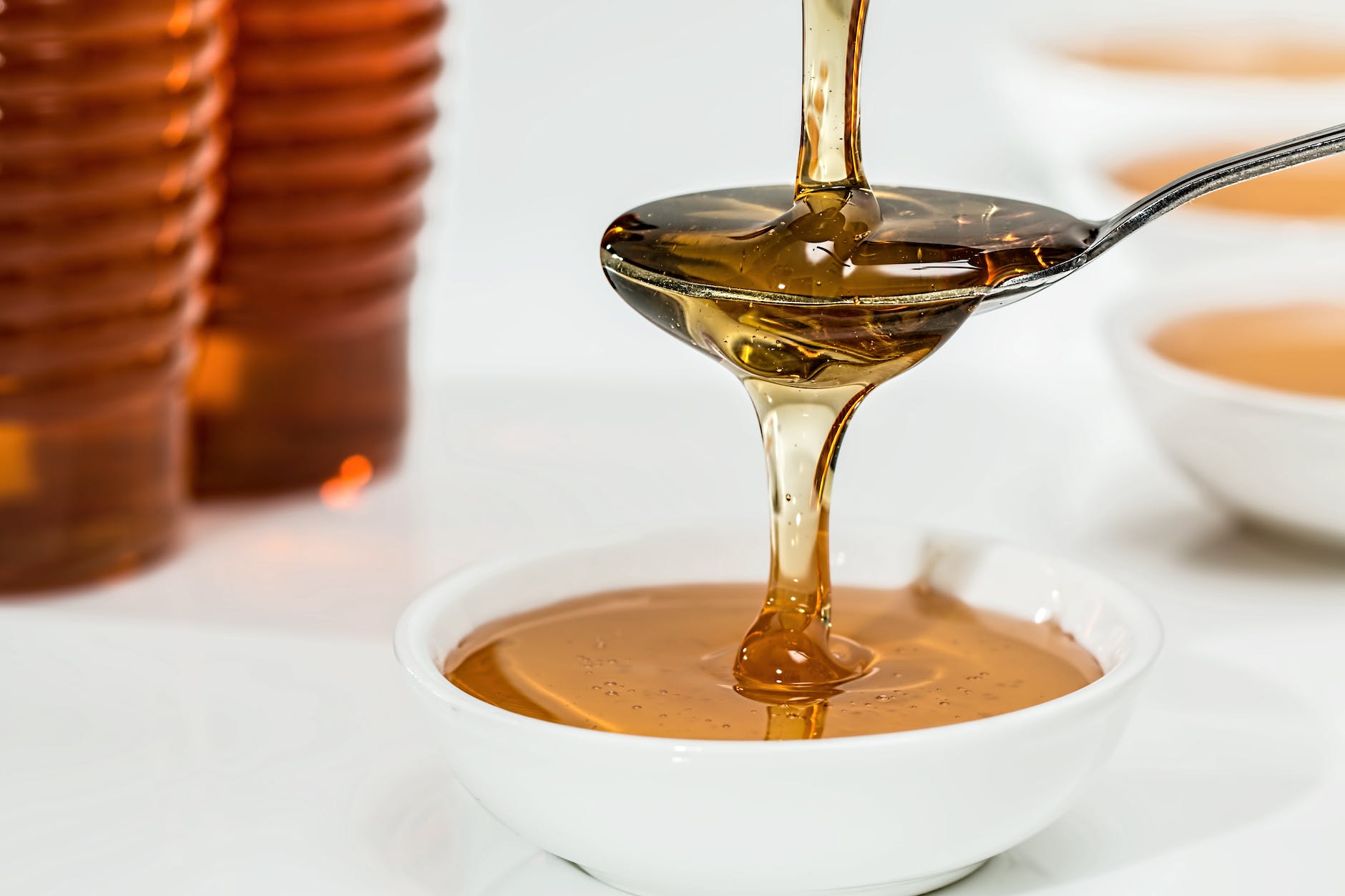
Hello, skin wellness warriors! 👋
You might be familiar with the calming and refreshing nature of a hot cup of green tea, but have you considered the amazing benefits it can provide to your skin? Used in both Ayurveda and modern skincare, green tea is packed with antioxidants and nutrients that can do wonders for your complexion. Let’s discover the skincare superpowers of green tea:
- Potent Antioxidants 🌟:
Green tea is rich in antioxidants, specifically catechins like EGCG, which fight against damage caused by free radicals. This can help protect your skin from environmental stressors such as pollution and UV damage. A green tea face mist or toner can be a refreshing and protective addition to your skincare routine.
- Anti-Aging Properties 🕰️:
Thanks to its high antioxidant content, green tea can help slow down the skin’s aging process. It does this by reducing inflammation and aiding in the preservation of collagen, the protein that keeps our skin plump and wrinkle-free. Consider incorporating green tea into your routine to keep your skin looking youthful and vibrant.
- Acne and Oil Control 🎯:
The tannins in green tea act as an astringent, shrinking pores and reducing the production of sebum, the skin’s natural oil. This can help in managing acne and give your skin a smoother, more matte appearance. A green tea mask or spot treatment can be beneficial for those with oily or acne-prone skin.
- Soothes Skin 🩹:
Green tea has anti-inflammatory properties, thanks to its content of polyphenols called catechins. These can help reduce irritation, redness, and swelling. Applying cooled green tea bags to your skin can provide a soothing effect, especially for conditions like rosacea and puffy eyes.
- Improves Complexion 🌟:
Green tea can help lighten dark spots and blemishes, improving the overall complexion of your skin. Its anti-inflammatory, antioxidant, and astringent properties contribute to healthier-looking skin. Regular use of green tea in your skincare routine can result in a brighter and more even complexion.
As with any new ingredient, do a patch test first. While green tea is generally safe for all skin types, it’s always best to ensure it suits your skin.
Ready to steep your skincare routine in the goodness of green tea? Stay tuned for our next post, where we’ll share DIY green tea mask recipes for an antioxidant-rich skincare experience. 💆♀️🏠
Stay fresh, stay glowing! ✨













